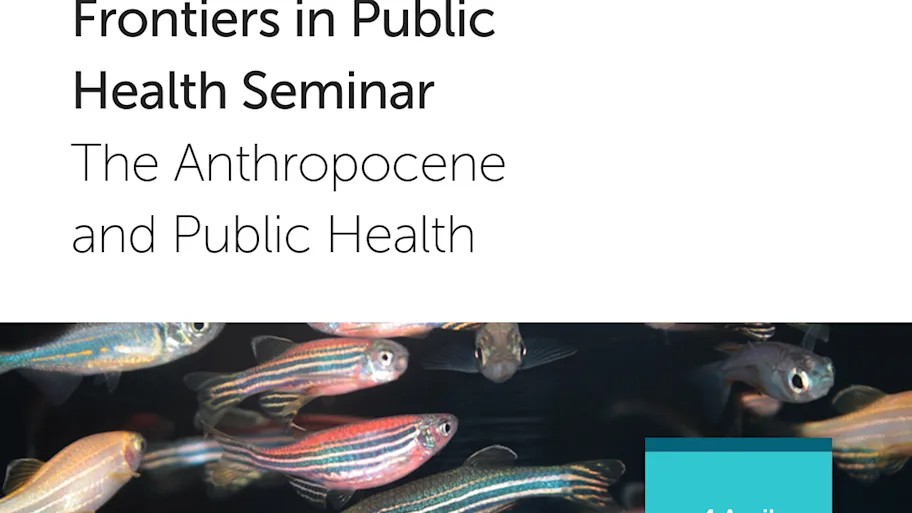
- Science News
- Featured news
- A virtual trip to the museum can improve the health of seniors stuck at home
A virtual trip to the museum can improve the health of seniors stuck at home
By Peter Rejceck, science writer

Image credit: SeventyFour / Shutterstock.com
Social isolation can have devastating health effects, especially for elderly people. A number of studies have shown that art is not only good for the soul, but can also improve both physical and mental well-being. Researchers in Canada investigated whether these art-based benefits could be delivered digitally through virtual museum tours. They found that indeed older adults who attended weekly guided tours online felt less frail – offering a public health model to promote healthy aging.
Scientists have long known that social isolation is associated with a number of health problems, including increased risks for stroke and heart disease, as well as mental decline and even premature death. The risks are especially acute for older adults, who are more likely to be socially isolated and lonely. The coronavirus pandemic only exacerbated the problem due to the need for social distancing, particularly to protect the health of the world’s elderly population.
But the same digital technologies that helped workers connect remotely could help older adults become more physically, mentally and socially healthy when combined with interactive art-based activities. That’s the conclusion from a new study published in the journal Frontiers in Medicine that is the first to demonstrate how virtual museum visits can significantly improve quality of life for seniors who are stuck at home.
Researchers in Canada teamed up with the Montreal Museum of Fine Arts (MMFA) to investigate the potential benefits of conducting weekly virtual visits over a three-month period. The study recruited 106 people aged 65 and older living in the Montreal metro area. Half of the participants attended guided tours online once a week, while the control group abstained from participating in any cultural activities during the same time period.
► Read original article► Download original article (pdf)
Art improves life
The intervention group showed significant improvements in their social isolation, well-being, quality of life and frailty assessment scores when compared to the control group, according to the paper.
“Our study showed that art-based activity may be an effective intervention,” said lead author Dr Olivier Beauchet, a professor at the University of Montreal. “On a global scale, this participatory art-based activity could become a model that could be offered in museums and arts institutions worldwide to promote active and healthy aging.”
The biggest benefits of the 45-minute virtual museum tours, which also included a 15-minute Q&A at the end with a museum guide, was on frailty.
Frailty refers to a “vulnerable condition exposing individuals to incident adverse health events and disabilities that negatively impact their quality of life and increase health and social costs,” Beauchet explained. “Health and social systems need to address the challenge of limiting frailty and its related adverse consequences in the aging population.”
A creative way to improve health
The new study is an extension of previous research that investigated the potential health benefits of an ongoing MMFA program for seniors called “Thursdays at the Museum.” Findings from the single arm pilot study in 2018 indicated that art-based activities hosted by the museum can improve well-being, quality of life and health in older adults.
In fact, the success of the pilot study led to a three-year multinational study to test the effectiveness of such art-based interventions across societies and cultures. In addition, the Research Centre of the Geriatric University Institute of Montreal, in collaboration with MMFA and the University of Montreal, is developing a new program marrying art and health called the Arts & Longevity Lab. The purpose of the lab is to develop, validate and promote art-based interventions for older adults.
These initiatives reflect approaches advocated by the World Health Organization (WHO) to manage chronic diseases, according to Beauchet. For instance, the WHO launched the Aging and Health Program in 2015 that included using community-based organizations to promote culture as a key component of improving health. Traditionally, these sorts of preventive health activities have taken place in schools, community centers, and workplaces.
“While these are suitable locations that reach a great number of people, there are additional organizations and sectors that could become partners in public health research and practice development,” Beauchet said. “Museums are among such potential partners. They are aware of the needs of their communities and are consequently expanding the types of activities they offer.”
REPUBLISHING GUIDELINES: Open access and sharing research is part of Frontiers’ mission. Unless otherwise noted, you can republish articles posted in the Frontiers news blog — as long as you include a link back to the original research. Selling the articles is not allowed.






